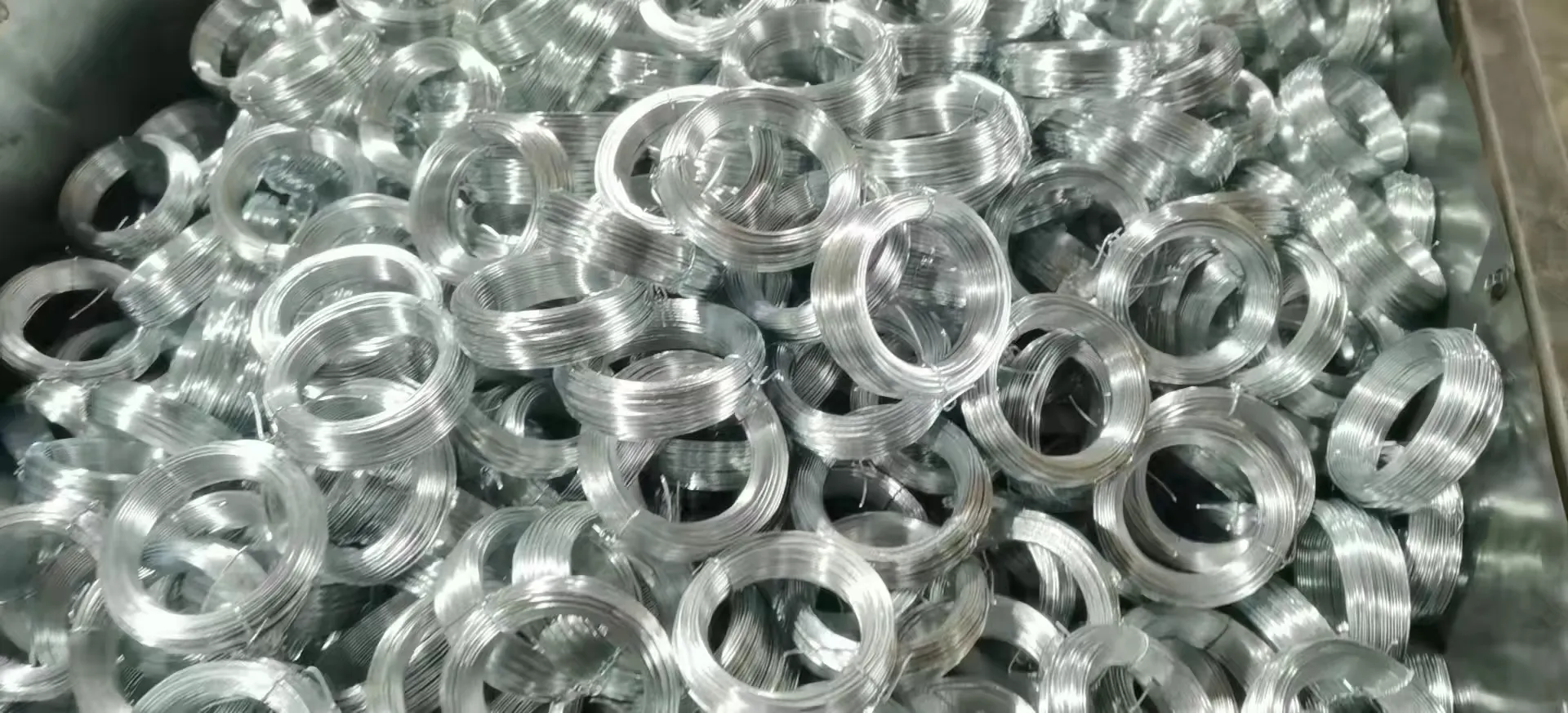Dec . 04, 2024 09:42 Back to list
hydraulic pressure fittings
Understanding Hydraulic Pressure Fittings Essential Components in Fluid Power Systems
Hydraulic systems are a cornerstone of modern engineering, providing essential functions in various industries, from manufacturing to automotive. At the heart of these hydraulic systems lies a critical component known as hydraulic pressure fittings. These fittings play a pivotal role in ensuring the functionality, safety, and efficiency of hydraulic circuits. This article will delve into the significance of hydraulic pressure fittings, their types, applications, and factors to consider when selecting them.
What Are Hydraulic Pressure Fittings?
Hydraulic pressure fittings are specialized connectors designed to join hydraulic hoses, tubes, and pipes in hydraulic systems. They facilitate the transfer of hydraulic fluid under high pressure, allowing energy to be transmitted efficiently from one component to another. The integrity and performance of hydraulic fittings are crucial since any leakage or failure in these connections can lead to system inefficiencies, costly downtime, and, in some cases, hazardous situations.
Types of Hydraulic Pressure Fittings
There are various types of hydraulic pressure fittings, each designed for specific applications and conditions. Here are some common types
1. Threaded Fittings These fittings, which include JIC (Joint Industry Council), NPT (National Pipe Thread), and BSP (British Standard Pipe), have internal or external threads that allow them to be screwed onto pipes or hoses. They provide a secure connection but require proper sealing to prevent leaks.
2. Flared Fittings Used primarily with metal tubing, flared fittings feature a cone-shaped end that provides a tight seal when the fitting is tightened. They are often employed where a robust and leak-free connection is required, such as in high-pressure applications.
3. Crimped Hose Fittings These are attached to hydraulic hoses using a crimping process, ensuring a strong bond between the hose and the fitting. Crimped fittings are widely preferred for their reliability in dynamic applications where hoses might experience movement and vibration.
4. Quick-Disconnect Fittings These fittings allow for fast and easy connection and disconnection of hydraulic lines without the need for tools. They are particularly useful in applications requiring frequent changes in hydraulic connections, such as in mobile equipment.
5. Welded Fittings Used mainly in permanent installations, welded fittings are fused directly to pipes or tubes, ensuring a robust connection that can withstand high pressure without the risk of loosening over time.
Applications of Hydraulic Pressure Fittings
hydraulic pressure fittings

Hydraulic pressure fittings are utilized across a wide range of applications due to their versatility and reliability. Some of the primary sectors include
- Automotive Hydraulic fittings are integral in brake systems, power steering, and transmission systems. - Manufacturing Hydraulic machinery relies on pressure fittings for operating presses, lifts, and robotics. - Construction Heavy equipment like excavators and bulldozers uses hydraulic fittings to control various functions, from lifting to digging. - Aerospace Aircraft systems depend on hydraulic pressure fittings for flight control systems and landing gear operations.
Choosing the Right Hydraulic Pressure Fitting
When selecting hydraulic pressure fittings, several factors must be considered to ensure optimal performance
1. Pressure Rating Each fitting has a specified pressure rating. It is crucial to choose fittings that can handle the maximum pressure of the hydraulic system without risking failure.
2. Compatibility Ensure that the fitting material is compatible with the hydraulic fluid being used, to prevent chemical reactions that can lead to degradation.
3. Size and Type The fitting must match the size and type of hoses or pipes in the system. Incorrect size or type can result in leaks and system inefficiency.
4. Temperature Tolerance Consider the operating temperature range of the hydraulic system. Different materials will have different capabilities in extreme temperatures.
5. Installation Ease Depending on the application, some fittings might be easier to install and maintain than others. Consider the installation process and potential need for future disassembly.
Conclusion
Hydraulic pressure fittings are crucial components in the effective functioning of hydraulic systems. Their ability to ensure leak-proof connections and manage high-pressure fluids makes them invaluable across various industries. Understanding the types of fittings available, their applications, and how to select the right one ensures not only the efficiency but also the safety and longevity of hydraulic systems. By investing in quality hydraulic fittings and proper installation, businesses can significantly enhance their operational reliability and productivity.
-
The Role of Field Wire Fence in Grassland Conservation
NewsJul.15,2025
-
Stainless Steel Razor Wire Durability in Coastal Environments
NewsJul.15,2025
-
Enhancing Home Security with Mesh Fences
NewsJul.15,2025
-
Diamond Mesh Wire for Small Animal Enclosures
NewsJul.15,2025
-
Common Wire Nail Tensile Strength Testing for Woodworking
NewsJul.15,2025
-
Barbed Wire Corrosion Resistance Galvanization Techniques
NewsJul.15,2025









